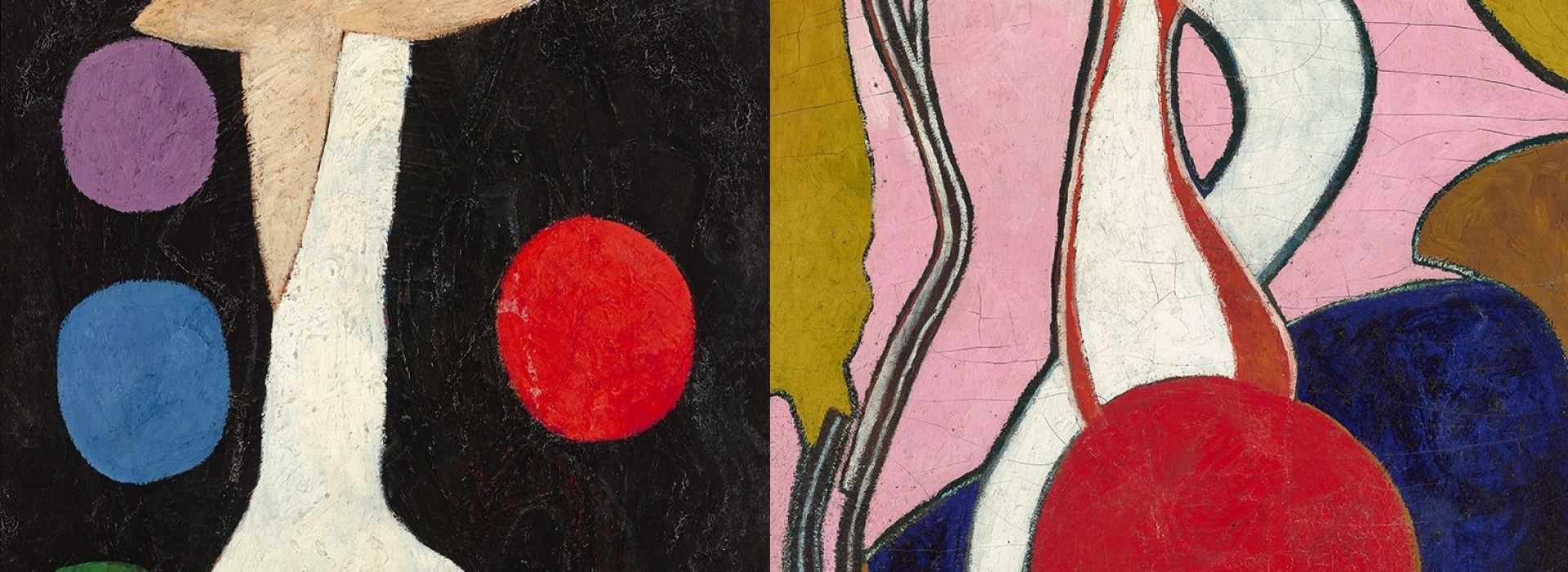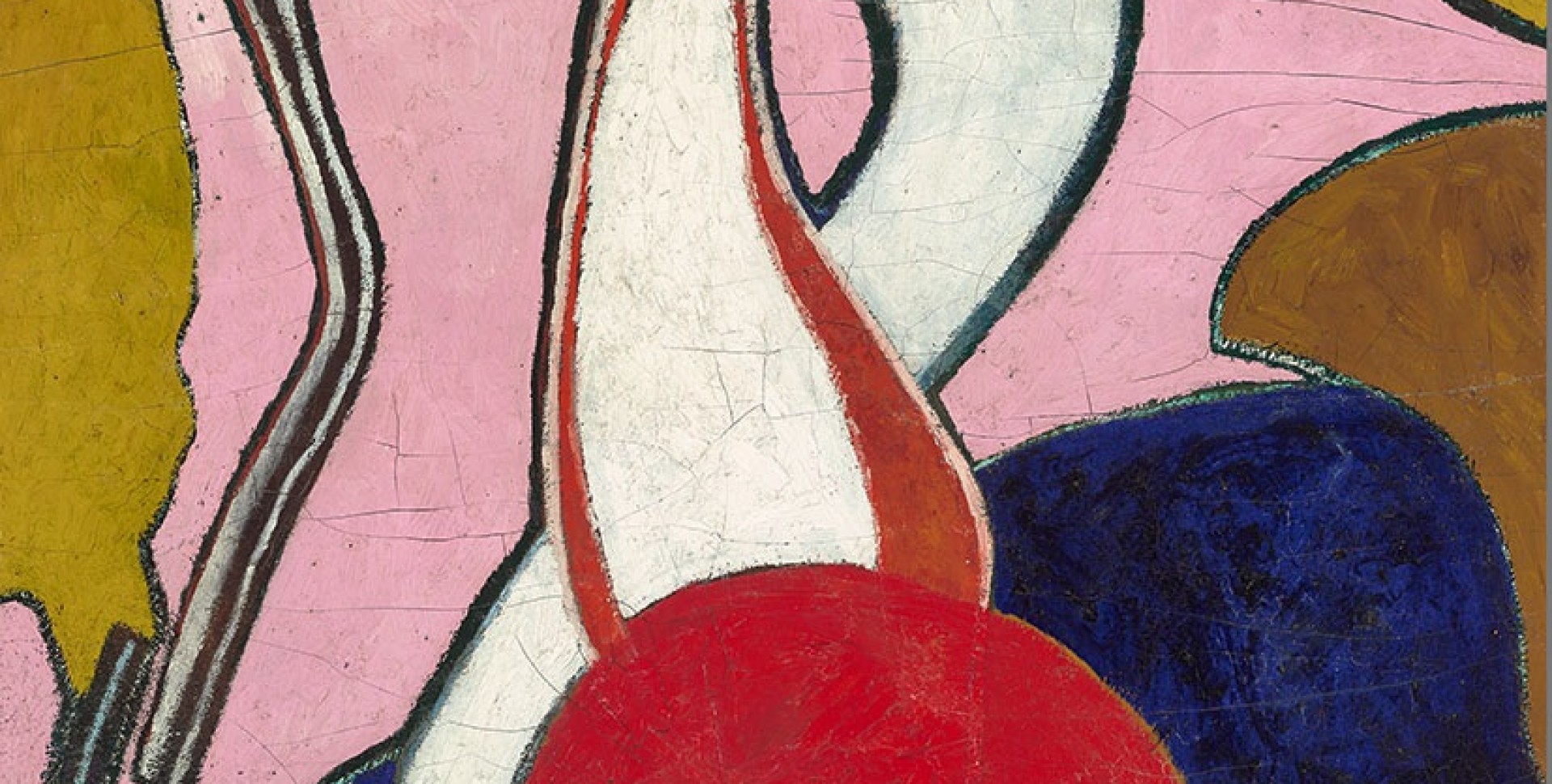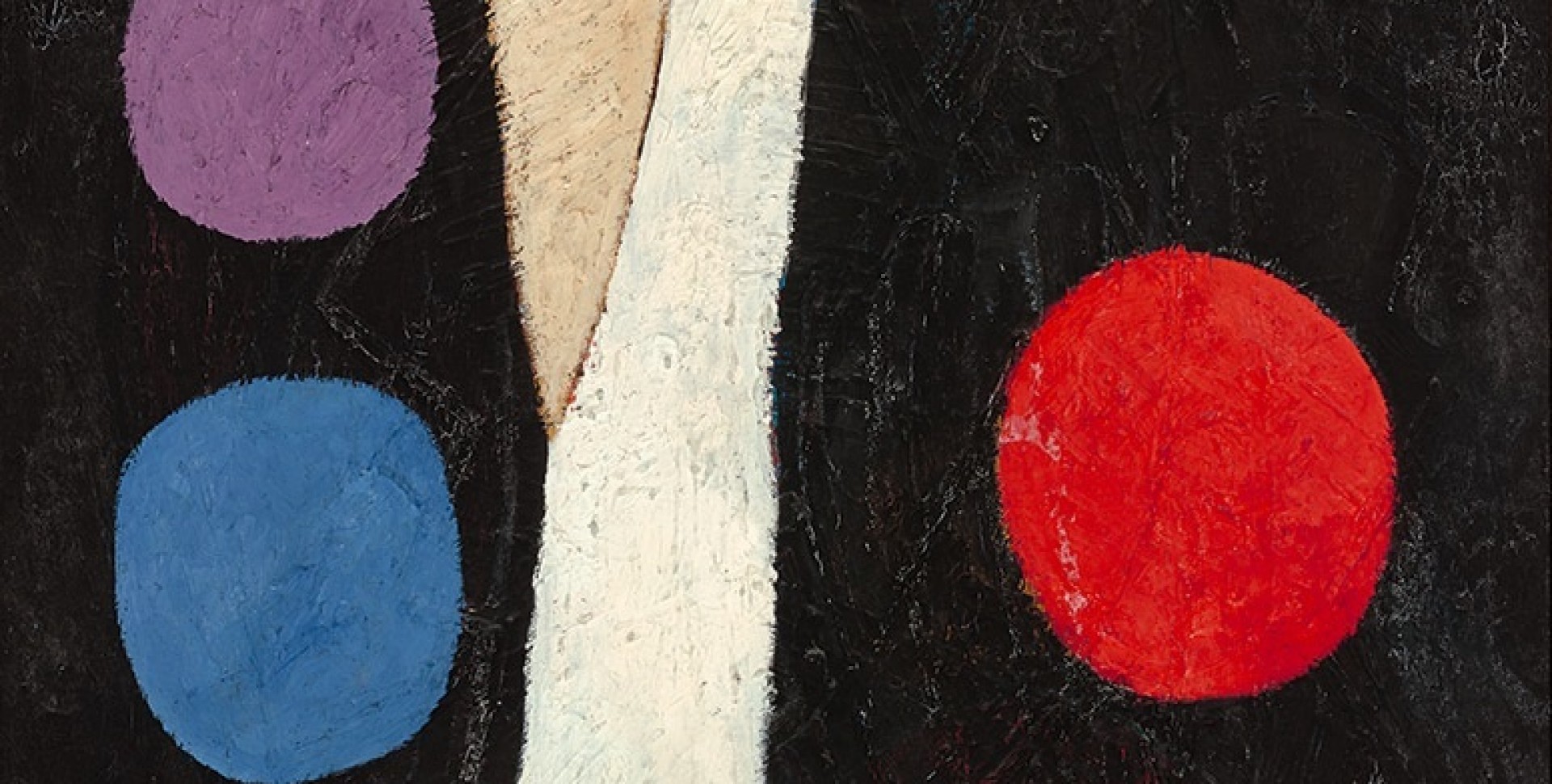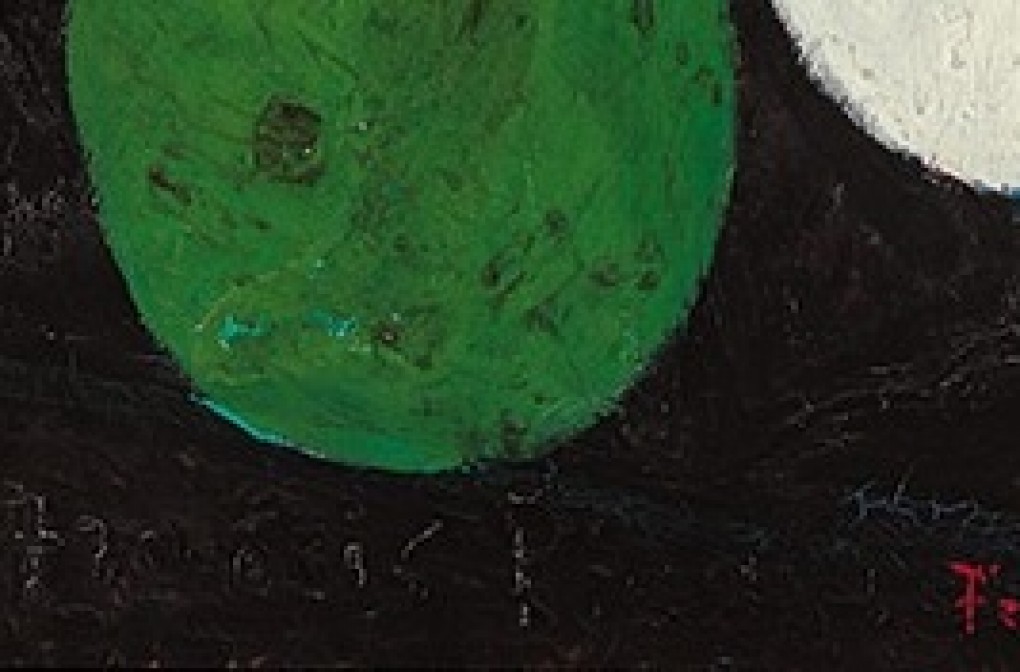


Donors, friends and guests with a privilege pass may book a single or multiple time slots here
Donors, friends and guests with a privilege pass may book a single or multiple time slots here
Would you also like to experience more Boijmans or give a friendship as a gift? Join as a Friend and get invited for the annual Museumpark Vriendendag. Will we see you or your friend in the depot soon?

Museum Boijmans Van Beuningen’s Art Studio houses an open conservation area. From behind glass you can see how conservators restore two fragile paintings by Francis Picabia.
Two paintings by Francis Picabia are being restored in this restoration studio. 'Egoïsm' and 'Danger de la Force' have been requested for major retrospectives of the artist’s work in Zurich and New York. Museum Boijmans Van Beuningen is happy to lend them, but at present they are too fragile to travel, so it has been decided to conserve and restore the works.


To begin with, the paintings were subjected to an exhaustive examination – with the naked eye, under the microscope, with special X-ray analysis (MA-XRF) and UV photography. Paint samples were taken. The paint had lifted and almost become detached in some places and the surfaces of the paintings were dirty. It also emerged that a chemical reaction of the paint was causing problems. Here the conservators are cleaning the paintings, consolidating the paint and stabilizing the paint layers, filling gaps and retouching.
Danger de la Force (1947-1950)
This painting has a number of conspicuous cracks in the paint, some of which are very fragile and require consolidation. There are gaps (holes and lost pieces) and visible retouches, particularly in the red, pink and orange areas. Many of the problems have been caused by the poor adhesion of the paint layers. There is evidence of interlayer cleavage, a phenomenon sometimes seen in multiple paint layers.

This painting has a number of conspicuous cracks in the paint
Paintings can be examined at extreme magnifications (up to 7000X) with a digital Hirox microscope and a MOPAS stand. This is possible because the microscope has a built-in system that overcomes the problem of restricted depth of field.
X-ray fluorescence spectroscopy (XRF) is a method whereby X-rays with extra energy are beamed on to a painting, causing some atoms to become unstable at that point. The electrons jump and when they fall back radiation is released. The reflected radiation (the fluorescence) is measured and this is what provides the information. Every chemical element reflects radiation with a specific amount of energy, so the different elements in the paint can be identified.

There are spherical white blisters in the paint. They may have been caused by metal soaps that come from the paint. Under a microscope it is easy to see that white material has seeped through tiny cracks and in some cases broken through the paint layer to form little spheres.
This painting has two signatures: one in the lower left corner and one at the bottom in the middle. Picabia probably worked on the painting in two stages and this may be one of the reasons why there are problems with the paint layers.


Francis Picabia was a versatile avant-garde artist. He was closely linked to the Surrealists, whose works form a core collection in Museum Boijmans Van Beuningen. His work runs the gamut from early Impressionist and Fauvist work and figurative paintings of alluring women to playful, mechanomorphic-inspired abstract portraits of contemporaries and Dadaist works. ‘Egoism’ and ‘Danger de la Force’ are two of his most important late abstract paintings. These late works are characterized by their large dimensions and the thick clots of paint he used.
June 2014
Loan request received
May 2015
Restoration advice from various specialists
June - August 2015
Financial feasibility study
September 2015 – January 2016
Preliminary technical investigation
February 2016
Start of treatment
April 2016
Completion of restoration
June - September 2016
Picabia: A Retrospective in Kunsthaus Zürich
22 November 2016 - 5 March 2017
Picabia: A Retrospective in Museum of Modern Art, New York
March 2017
Return to Museum Boijmans Van Beuningen
The conservation of the two paintings has been made possible by the MoMA in New York, the Kunsthaus Zürich, who both requested a loan of the paintings and by the Foundation Fund Family Van Beek, in remembrance of Herman van Beek, co-founder of the support foundation Museum Boijmans Van Beuningen.